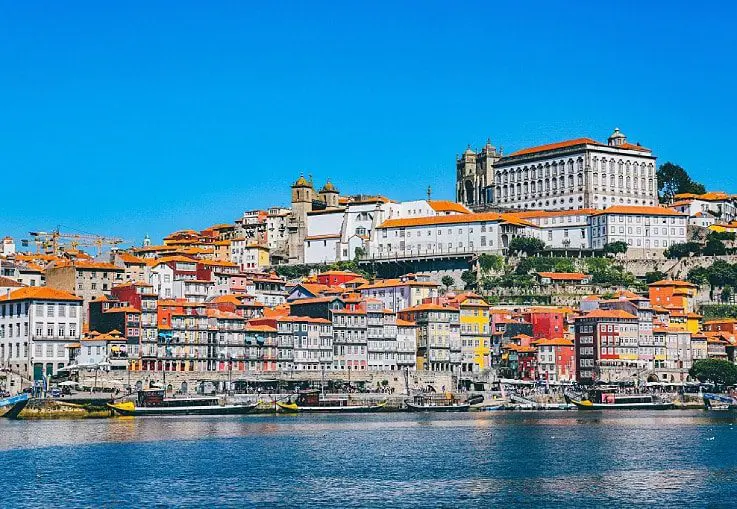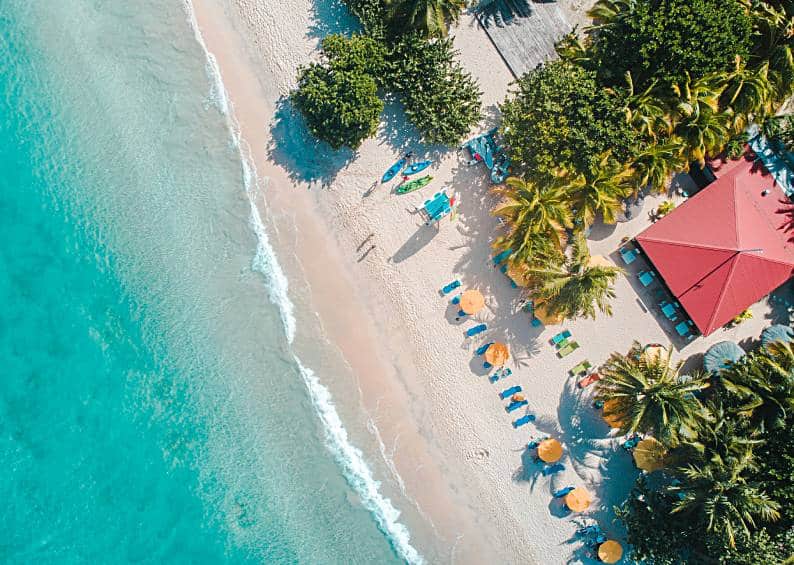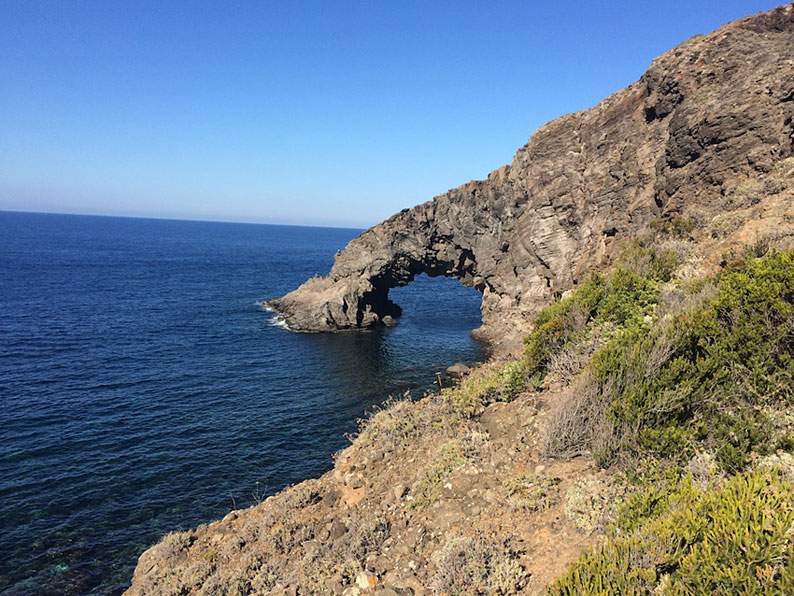words Alexa Wang

Portugal is widely known for its excellent wines and olive oil, its rich selection of cheeses, and its simply prepared dishes with meat and fish. The cuisine of Portugal, like Porto, has its own peculiarities that take time to fall in love with. Fries are usually served with rice; a poached egg is often the main side dish; “chouriço” sausages are different from what you might have tried in Spain; desserts are almost all filled with the same yellow egg and sugar filling.
In Portugal, they eat leisurely. The main meal is dinner when family and friends gather and talk, drink, and eat for hours, from appetizers to soup to coffee, and usually ends after midnight. After several years of life and countless restaurants in Porto, some of our associates and friends shared their experiences with us, and – this is our (and their) story.
Portuguese Breakfast Isn’t Similar to the Rest of Europe
Portuguese breakfast is simple – a slice of bread with butter and coffee. “Confeitaria” (a combination of a bakery, patisserie, and cafe) serves several types of bread, sweet or savory, sometimes toasted, with cheese and maybe ham. And that’s it. In a typical bakery, you won’t find eggs or any “serious” and heavy breakfast that we from the other regions of Europe are used to. “Torrada”, a thicker toast made from the so-called “pão de forma”, a soft-textured bread perfect for soaking up melted butter, is most often eaten. Or “croissant de queijo”, a sweet brioche croissant with a sheet of cheese.
Coffee is truly the main part of breakfast. Ordinary espresso is enjoyed, which in Portugal has an extremely pleasant taste (unlike, say, Spain), but also longer versions such as “galão” (about two-thirds of milk and one-third of coffee served in a tall glass) or “meia de leite” (half milk and half coffee served in a cups).
Order some of this at the nearest bakery because everyone makes such a simple breakfast in a similar way and there’s little chance that you’ll be especially disappointed or delighted. If you asked us for a recommendation, we’d send you to the proven Confeitaria Royal near Praça da República, and even more “downtownie”, to Padaria Ribeiro or Muralhas Olival aren’t bad choices, where you can sit outside and watch the passers-by and the city waking up.
The Chance That You’ll Have Lunch in Porto in the Late Afternoon Is Very Small
Lunchtime is from 12:00 PM to 3:00 PM. Try to sit for a meal before half past three at the most, after that the chance of having lunch decreases at the speed of light. For lunch, “prato do dia” (daily menu) is served, which usually includes soup, a dish with meat or fish, and coffee. The list of dishes prepared that day is often written on a blackboard or piece of paper with dishes crossed out as soon as they disappear from the offer.
On Thursdays, they eat “tripas (à moda) do Porto”, that is, chitterlings Porto style. Tripas are a symbol of the generosity of the residents of Porto because, according to legend, when Prince Henry the Navigator was preparing his ships for the conquest of Ceuta in 1415, he asked the people for food supplies for the Portuguese navy and they were so generous that they only left the intestines for themselves. That’s when the recipe for beans with dumplings was created, after which the residents of Porto got the nickname that is still in use today – “tripeiros”.
If you’re still not feeling adventurous, a good typical choice for lunch is “vitela assada no forno”, veal roasted in the oven, or “alheira”, a smoked Portuguese sausage made from a combination of garlic, different types of meat (often game), bread, olive oil, and paprika. In addition to a different type of grilled fish, “pataniscas de bacalhau”, cod nuggets served with rice cooked in tomato juice, are mandatory once a week on the daily menu. For dessert, order “mousse de chocolate” (chocolate mousse), “bolo de bolacha” (biscuit cake) or “leite de creme” (basically, crème brûlée).
Stop by Taberna Taberna Santo António for lunch, which is a small family restaurant with an authentic atmosphere, but also quite a favorite on various best restaurant lists, so you’ll probably have to wait a bit if you arrive between one and two in the afternoon. If you don’t want to wait, aim for lunch closer to 12 or after 2:00 PM, or head 100m further down the street to O Caraças. A solid choice in the city center is Flor de Bragança, and our favorite destination for Sunday lunch, just outside the heart of the city, is Nova Era, which serves the best veal from the oven in Portugal.
Portuguese Sweet Pastries – Mouthwatering
Portuguese sweet pastries are based on eggs, predominantly the yolk. The most famous Portuguese dessert “pastel de nata” uses exactly this filling and is available in every bakery. Unrivaled, it’s the best in the specialized Manteigaria bakery that makes just that. On Cedofeita Street, a proven choice is Aliança where you can eat a good jesuita (jesuíta), a leafy crispy triangle with a sugar glaze. If you need “fuel” until dinner, try “broa de mel”, gingerbread with cinnamon that will fill you up for a couple of hours and costs less than a euro.
Around Christmas, you can find typical holiday treats such as “rabanada” (similar to pan-fried toast, but in a juicier syrup made of sugar and cinnamon), “sonhos” (donuts rolled in cinnamon and sugar), or “pão de ló” (fine Génoise sponge that melts in the mouth with the flavor of beaten egg with sugar).
Cafe Serrana has an excellent “bola de Berlim”, but you go here first of all to enjoy the upstairs interior, which dates back to 1869, so you can take a break there after visiting the São Bento train station, which is located right beside. By the way, “bola de Berlim” is a delicacy that is traditionally eaten in the summer on the beaches of the south of Portugal, something similar to the habit of tourists eating donuts at 40 degrees in Mediterranean resorts.
Dinner – the Main Meal
Dinner is the main meal that lasts for several hours. The evening usually starts with a small (0.2l) glass of draft beer which in Porto is called “fino” and is usually of the Super Bock brand, while from Lisbon down the same thing is called “imperial” and is usually of the Sagres brand.
Guindalense Futebol Clube is a great place for fine dining with views of the Douro, Gaia, and the impressive Dom Luís I steel bridge, which adorns almost all Porto postcards. Across the Douro river is Vila Nova de Gaia with its famous port wine cellars, but the Jardim do Morro viewpoint is more interesting to us, which we recommend for sunset with an excellent Neapolitan pizza from the nearby Gallo Grigio Pizzeria.
What tapas are in Spain, they are “petiscos” (Museu d’Avó) in Portugal, that is, snacks that are shared, usually as an appetizer or side dish when drinking in company. The most typical are “bolinhos de bacalhau” (cod balls deep-fried), and a common choice is “pizza-pau” (braised pork with sausage and pickles), various types of cheese, ham, and sausages.
The Portuguese are the biggest consumers of cod in the world and prepare it in countless ways. Chopped cod with onions, grated fried potatoes, and eggs bound together are known as “bacalhau à Brás”, and the version with a baked cornbread crust as “bacalhau com broa”. Adega Do Carregal is an ideal restaurant to try traditional dishes and is located just a few steps from the pedestrian area of Cedofeita Street.
Porto is particularly proud of “francesinha”. It’s believed that this sandwich was invented by Portuguese emigrants in France when they encountered the French croque monsieur and made their own version. It’s made with bread, ham, “linguiça” (Portuguese sausage), and steak, all topped with melted cheese and tomato and beer sauce, which is the essence of this dish.
“Cachorro” (the Portuguese version of hot dog) is served in the same sauce. It can be found in a lot of places, and there is a great rivalry for the title of the best “francesinha”, but if you follow the popular lists you’ll inevitably end up dining with people in flashy North Face jackets and waterproof boots. Listen to these locals and go to Piolho, right next to the rectory building. Papagaio is also nearby if you’re in the mood for a great Brazilian barbecue. For some reason, it has a bad rating on some sites, but don’t be fooled.
What to Eat Outside of Traditional Cuisine
When you get tired of traditional cuisine, try the Portuguese-style burgers at Real Hamburgueria or head to Curb, which stands side by side with the best American burgers. Go to Curb early, it opens at 12 PM and in two hours everything is sold out. They don’t take reservations, but it’s worth the wait. For something more exotic, our Chinese friends introduced us to the authentic cuisine of the Grande Palácio Hong Kong restaurant.
When we talk about Porto, the fact that it lies on the Atlantic Ocean coastline must bring out the fish on a platter. If you got used to eating quality fish and meals that include them, such as using pared-back but still varied and hearty recipes by Dinnerly, this part of the story is for you. And in the story of food and Porto, Matosinhos, a former fishing village and today one of the world’s most popular locations for beginner surfers, is indispensable. There aren’t many places in the world with more affordable fresh fish than Matosinhos.
Heróis de França Street is almost devoid of establishments other than an endless array of restaurants serving grilled fish and seafood (recommendation for an informal setting: O Lusitano), and sardines are a specialty. The sardine season is somewhere from the end of May to August when the restaurant’s grills smell so good that you’ll be able to find Matosinhos without opening the map. Not everyone’s stomach is strong enough to digest octopus (“polvo” in Portuguese), but if you consider yourself to have a strong digestive system, you absolutely must try it here.
Wines Are Porto’s Trademark
The wine specialty of the north is young (“verde”) wine and especially sweet port wine from the Douro river valley. “Vinho verde” is served cold, it’s slightly carbonated and sweet and is consumed more in the summer, while in the rest of the year, red wines are drunk more. At dinner, order “vinho da casa”, which is the wine that restaurants buy in five-liter cartons and serve in a jug, and the taste is quite good. In an average restaurant, you’ll pay up to 7-8 euros for a jug and you will feel like a local, instead of a naive tourist who overpaid for an average bottle of wine.
It’s not that you shouldn’t treat yourself to a more expensive wine in a restaurant, but for wines from a higher category, it’s a good idea to go to one of the wine bars. There, one glass will cost you close to the price of a jug from a while ago, but it’s worth every penny since with each round you’ll also get a little tale about the origin, smells, notes and all those things that wine connoisseurs flaunt. Let yourself go and pretend that everything is exactly as they tell you.
Prova is the ideal place for that, they are great connoisseurs and even though the place may seem too formal, don’t let the appearance fool you. Around the corner, in the pedestrian Rua das Flores, is Taberna do Largo, which, although in a distinctly touristic area, also provides an authentic ambiance. One of our favorite wine bars is Capela Incomum, located in the former chapel of the church, and in front of it is a huge plane tree and one of the most beautiful gardens of Porto with only a few tables. When you’re well-fed, head to Aduela or Candelabra and toast with the locals.




